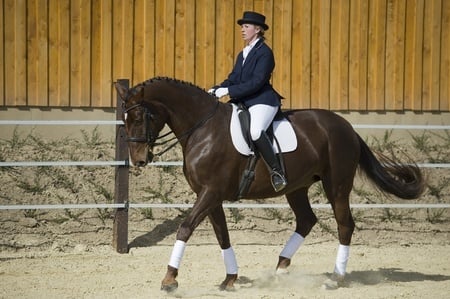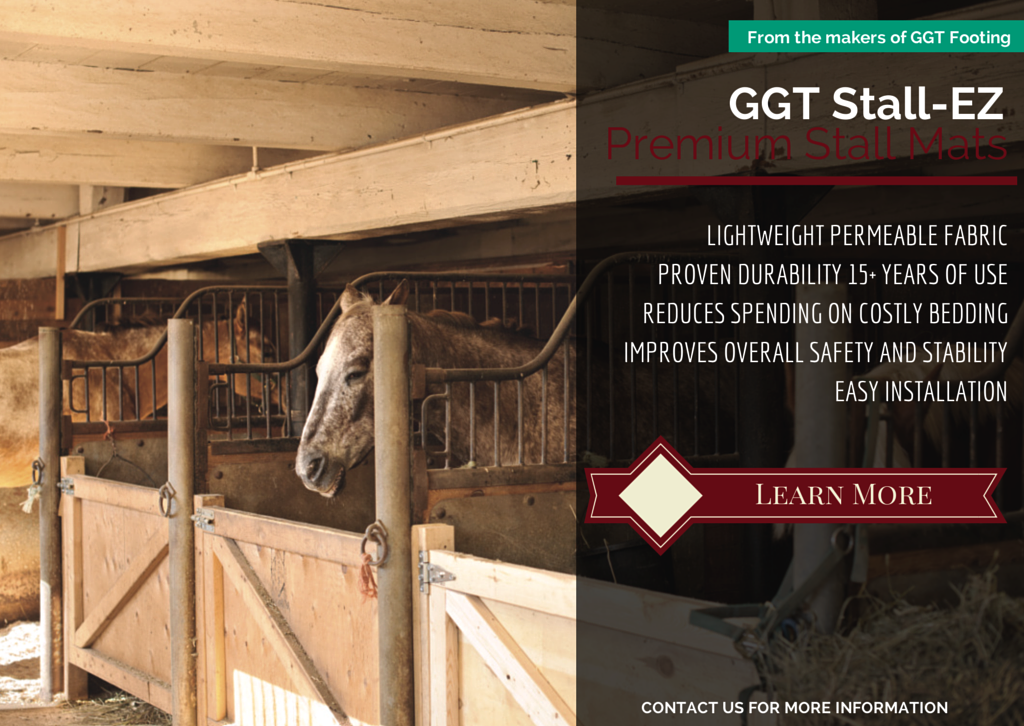Looking for a new saddle is tricky. Looking for a new dressage saddle is even harder. Dressage requires constant, intuitive contact between horse and rider. An ill-fitting saddle throws off this communication. How do you choose the saddle that is right for you?
Saddle Fit
Saddle fit is the most important part of choosing the right saddle. Common horse behaviour problems are often attributed to improper saddle fit. In the world of dressage, these problems seem magnified. Professional riders cannot afford even the slightest communication barrier between horse and rider. Check the fit of your saddle before you buy. Make sure the saddle does not pinch or rub your horse's withers or girth area. Check for raw or swollen areas. A saddle that hurts your horse's back prevents him from reading changes in your seat. It is hard to pull off even a simple shoulder-in if your horse is too focused on an irritating saddle fit.
An uncomfortable rider is equally detrimental to performance. Make sure your saddle is comfortable for you as well as your horse. Try several different seat styles. You can choose from a wide seat, a deep seat, or a narrow seat depending on your body type and comfort zone.
Try several different styles of leg support. Thigh blocks and padding adjust your leg position, offering more or less support depending on your knees. The length of the saddle flap should not interfere with your boot or stirrup. A good rule of thumb is to have a flap that is no lower than mid calf.

Resale Value
Sometimes you need to sell your perfect dressage saddle. Maybe your saddle does not fit your new horse, or you receive an injury that requires a different saddle fit. Before you invest your money in a high-quality saddle, research the resale value of the brand. Look for saddles with a low degree of depreciation. Take good care of your saddle to keep it in good condition.
There is no excuse for an ill-fitting saddle. Take your time when looking for a new dressage saddle. Remember that your comfort and the comfort of your horse is your top priority. Make sure you also work your horse in an arena with proper footing to prevent lameness.


